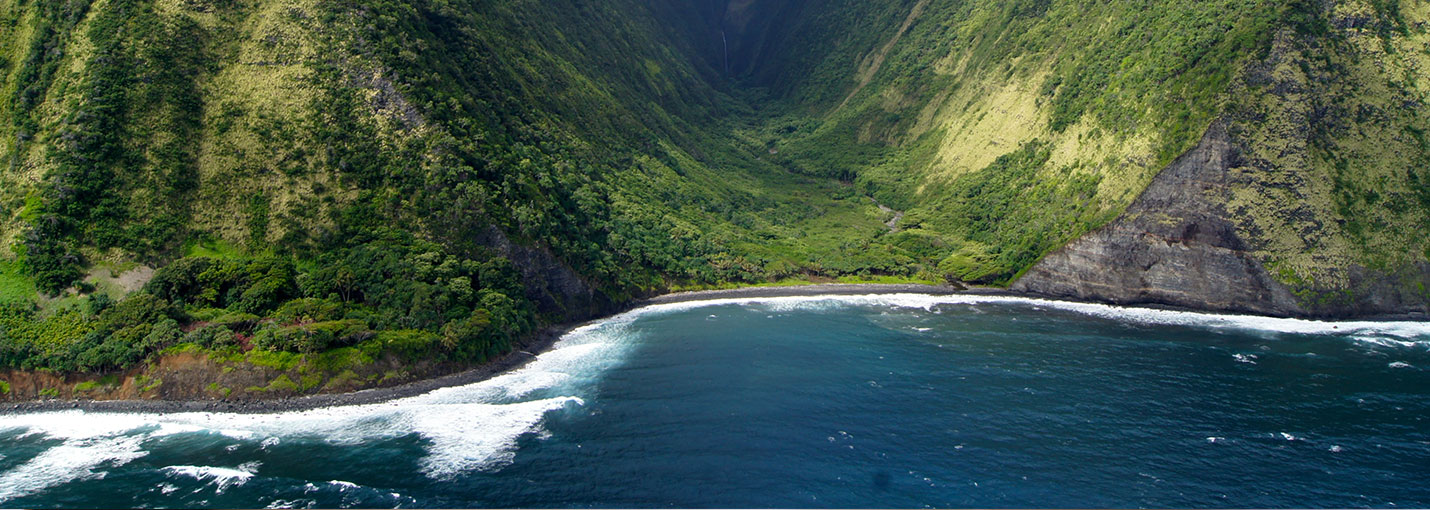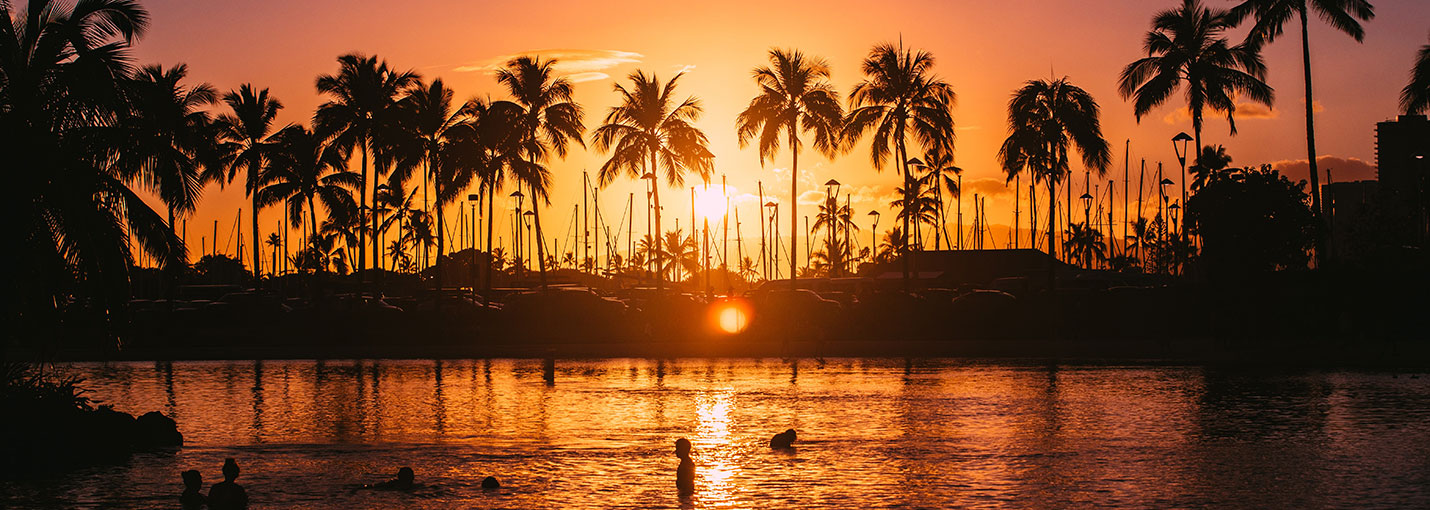Why Do You Need an Asbestos Lawyer in Hawaii?
Hawaii’s shipyards have long been a source of asbestos exposure.
But the danger can linger in buildings and other workplaces as well.
Family members exposed to work clothes are also at risk.


Hawaii, the United State’s eighth-smallest smallest state (by land area), is the only state that is located outside of North America. It is also the only archipelago state (meaning a collection of islands).
Consequently, Hawaii has the fourth longest overall coastline of all 50 states. Hawaii’s current population (as of 2022) is approximately 1.42 million, with two-thirds of residents living on the Island of Oahu – also home to the state’s largest and capital city, Honolulu.
A little Hawaiian history
Having been settled by Polynesians around 1000-1200 CE, British explorer James Cook arrived in 1778, followed by an influx of American and European traders. With them came a host of new diseases, such as gonorrhea, measles, smallpox, typhoid fever and syphilis, wiping out much of the native Hawaiian community. By 1890, approximately 40,000 remained.
Hawaii under U.S. control before statehood
In 1810, Hawaii became a unified kingdom; but by 1893, the monarchy was overthrown, leading to the U.S. taking control in 1898. Having become a valuable U.S. state territory, Hawaii was subsequently the target of an historically significant attack by Japan during World War II (more on that a little later).
Hawaii’s tropical climate and fertile soils have driven major plantation and agricultural industries, although diversification into military defense and tourism began in the early 1900s. With its beautiful weather and tropical beaches, Hawaii attracts plenty of tourists. The state is also home to the world’s largest maritime fleet command – the U.S. Pacific Fleet – and provides 75,000 people with Defense Department jobs.


Pearl Harbor – “a date which will live in infamy”
The United States Pacific Fleet (USPACFLT) forms part of the U.S. Navy and is located in the Pacific Ocean, with its headquarters based at Pearl Harbor. The Naval Station on Pearl Harbor was first established in 1908, on the Hawaiian island of Oahu. Pearl Harbor expanded over the next decades and grew with the U.S. Navy’s expanding size and vessels.
On December 7, 1941, 353 Imperial Japanese Navy Air Service aircraft attacked the U.S. naval base of Pearl Harbor. This military attack killed more than 2,400 military personnel and civilians, and destroyed many American aircraft and ships.
In response to this surprise attack, President Roosevelt gave a speech: ‘Yesterday, December 7, 1941 – a date which will live in infamy – the United States of America was suddenly and deliberately attacked by the naval and air forces of the Empire of Japan.’
Roosevelt had originally intended to use the term, ‘a date which will live in world history,’ but altered it just prior to delivering what would become a historic speech, and introduced the term that would forever be associated with the devastating attacks; a date which will live in infamy.
Asbestos and Hawaii
It was around the time of WWII that the U.S. Navy began using vast amounts of asbestos in the building of vessels. Given its fireproofing, hardy characteristics, asbestos was used so liberally in manufacturing, that anyone working in the shipyards, ports or ships up to the 1980s would likely have been exposed. The Oahu Pearl Harbor Shipyard is no exception.
The problem is that asbestos fibers cause significant health problems, including asbestosis and cancers like mesothelioma.
!
If you may have been exposed to asbestos, speak with your healthcare provider about tests and screening to help detect the presence of asbestos fibers and asbestos-related damage.
The Long Latency of Asbestos-Related Diseases
Asbestos-related diseases have a long latency, meaning they can take up to fifty years to appear after a person was first exposed.
Many workers who were even tested for asbestos diseases in the 1990s only developed their health problems in the 2010s and 20s.
Secondary Asbestos Exposure
Families of asbestos workers were often exposed to asbestos on work clothes and have an elevated risk of developing asbestos-related disease.
1 in 5
In studies of asbestos disease, 1 in 5 cases of asbestos exposure were caused by secondary asbestos exposure.1
Asbestos is very dusty, and its tiny sharp fibers stick to almost anything.
So many industrial workers brought home asbestos on their work clothing, exposing anyone washing or coming into contact with them by sharing a garage, washroom, home or vehicle.
Asbestos fibers have no taste or smell, and can be microscopic, so you may not realize you were breathing them.
In fact a toxicology study found that laundering clothing with asbestos dust can expose a person to almost half the dust as a worker that cuts an asbestos pipe with an abrasive saw.2
People who experience secondary (or second-hand) asbestos exposure (also known as household, domestic, take-home, or family asbestos exposure) can develop symptoms of asbestos-related disease at a higher rate than people who were never exposed.
Do You Qualify For Compensation?
Quickly and easily find out how you were exposed by searching W.A.R.D., the largest asbestos database on the planet.
FREE SEARCH >Power plants and Oil Refineries
Power plants and oil refineries also present significant risks of primary and secondary asbestos exposure for workers and their families. Many power plants and oil refineries utilized the heat and fire resistant properties of asbestos before the dangers were well known. Consequently, asbestos can still be found in heavy machinery such as tanks and boilers. The Barbers point ‘Chevron facility’ is particularly high risk.
Residences
The risk of general residential exposure is also no different to many other U.S. states. Throughout much of the 20th Century, asbestos was used in the manufacture of a wide variety of construction materials still found in older properties today. While asbestos is not dangerous unless it is disrupted (causing the microfibers to become airborne), as these materials age and degrade, the risk is heightened.


Needing an asbestos lawyer in Hawaii
In Hawaii, in order to access any compensation, asbestos exposure victims must be able to prove that a functional impairment has been directly caused by the exposure. The Hawaii Supreme Court generally takes the view that suffering from asbestos-related conditions such as lung scarring or pleural plaques do not typically qualify for compensation because the victim can still lead a normal, active life and not suffer from any chronic pain.
The Hawaiian Statute of Limitations applies to asbestos claims.
Don’t delay to contact an asbestos lawyer in Hawaii
There is also a small, two-year window when it comes to the statute of limitations set in Hawaii regarding asbestos-related claims. Victims must file a claim within two years of receiving an asbestos exposure-related diagnosis.
These strict guidelines can make it all the more stressful for Hawaiian residents to navigate the claims process and successfully receive compensation. That’s why it is imperative to have an expert asbestos lawyer in your corner when seeking compensation for asbestos-related injuries in Hawaii.
Hawaii also enforces a two-year statute of limitations for asbestos claims. Exposure victims must file their claim within two years of the day they learned their injury was asbestos-related and caused by the defendant’s negligence.
AsbestosClaims.Law
AsbestosClaims.law is your comprehensive resource for all things asbestos. We hope this information is helpful.
If you have any additional questions or concerns related to asbestos, check out our website and YouTube page for videos, infographics and answers to your questions about asbestos, including health and safety, asbestos testing, removing asbestos from your home and building, and legal information about compensation for asbestos injuries.
If you believe that your home was contaminated with asbestos, or you believe that you were exposed to asbestos, or have been diagnosed with an asbestos illness, you could be entitled to significant compensation—money you could use to cover the costs of asbestos removal services, pay for medical treatment, and preemptively protect your physical well-being.
All without filing a lawsuit.
If you’d like help with filing a claim, please get in touch by email at [email protected], or call or text us at (833) 4-ASBESTOS (427-2378) or (206) 455-9190. We’ll listen to your story and explain your options. And we never charge for anything unless you receive money in your pocket.
1 Tompa E, Kalcevich C, McLeod C, Lebeau M, Song C, McLeod K, et al. The economic burden of lung cancer and mesothelioma due to occupational and para-occupational asbestos exposure. Occup Environ Med 2017; 74: 816-22.
2 Abelmann, A., Maskrey, J.R., Lotter, J.T., Chapman, A.M., Nembhard, M.D., Pierce, J.S., Wilmoth, J.M., Lee, R.J. and Paustenbach, D.J., 2017. Evaluation of take-home exposure to asbestos from handling asbestos-contaminated worker clothing following the abrasive sawing of cement pipe. Inhalation Toxicology, 29(12-14), pp.555-566.






